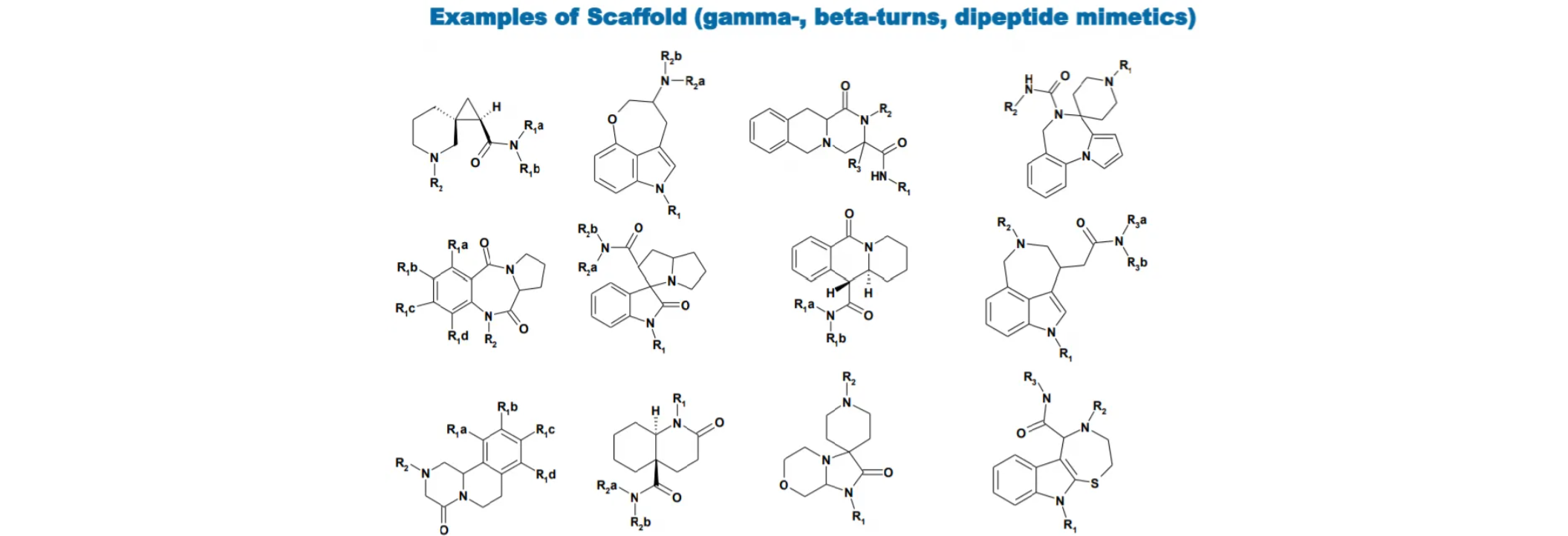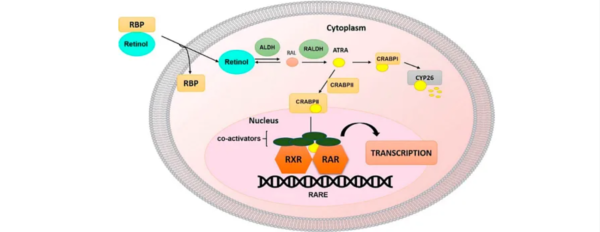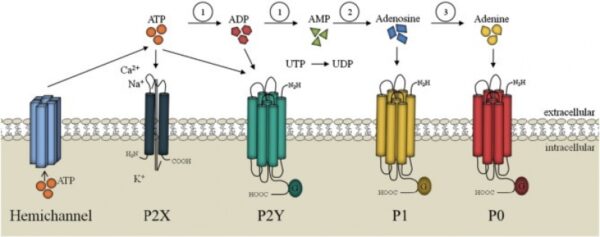Introduction:
Protein-protein interactions (PPIs) play pivotal roles in various biological processes, and their dysregulation is implicated in numerous diseases. The development of small molecule compounds that specifically target PPIs has emerged as a promising strategy for drug discovery. The Recognition Elements PPI Library represents a curated collection of compounds designed to selectively bind to and modulate PPIs, offering exciting prospects for therapeutic intervention.
Designing Recognition Elements:
The Recognition Elements PPI Library is constructed based on an understanding of the structural and functional features critical for PPI formation. Key recognition elements, such as amino acid residues or motifs involved in the protein interface, are identified and incorporated into the library. Rational design strategies employ computational approaches, including molecular modeling, docking, and molecular dynamics simulations, to optimize the binding affinity and selectivity of the compounds. Modifications such as stereochemical constraints, non-natural amino acid analogs, or peptide mimetics are introduced to enhance stability and pharmacokinetic properties.
Composition of the PPI Library:
The Recognition Elements PPI Library comprises diverse compounds with distinct chemical scaffolds specifically tailored for PPI modulation. These compounds can range from small molecules to modified peptides or peptidomimetics. Natural products and synthetic compounds are also included to enhance the chemical diversity within the library. The compounds are synthesized using techniques like combinatorial chemistry and parallel synthesis to provide a wide array of structural variations.
Screening Strategies:
High-throughput screening assays are employed to evaluate the compounds within the Recognition Elements PPI Library. Various biophysical techniques, including fluorescence polarization, surface plasmon resonance, nuclear magnetic resonance (NMR) spectroscopy, and X-ray crystallography, enable the identification and characterization of compounds that exhibit potent binding affinity and selective inhibition for specific PPI targets. These screening methods assess the compounds’ ability to disrupt protein complexes or modulate the formation of new interactions.
Applications and Therapeutic Potential:
The Recognition Elements PPI Library holds immense promise for drug discovery and therapeutic development. Targeting PPIs with the compounds within the library offers novel opportunities for intervention in diseases with unmet medical needs. The library has been utilized in the study of various disease areas, including cancer, neurodegenerative disorders, viral infections, and autoimmune conditions. The identified lead compounds can serve as starting points for lead optimization and further development into potential therapeutics.
Challenges and Future Directions:
While the Recognition Elements PPI Library represents a valuable resource, several challenges persist in the field. Selectivity remains a crucial aspect, as PPIs often exhibit highly similar binding surfaces. Additionally, the cellular permeability and stability of compounds need to be optimized to enable effective target engagement within the complex environment of living systems. Continued advances in computational techniques, synthesis methodologies, and screening technologies will further enhance the capabilities and potential of the PPI library.
Conclusion:
The Recognition Elements PPI Library offers a targeted approach for developing small molecule compounds that selectively modulate protein-protein interactions. By specifically designing compounds to interact with key recognition elements within PPI interfaces, this library enables the discovery of potent and selective lead compounds for therapeutic development. It presents exciting prospects for addressing challenging diseases and advancing precision medicine approaches in the field of PPI-targeted drug discovery. Continued research and collaborative efforts hold immense potential for unlocking novel therapeutics through the Recognition Elements PPI Library.




